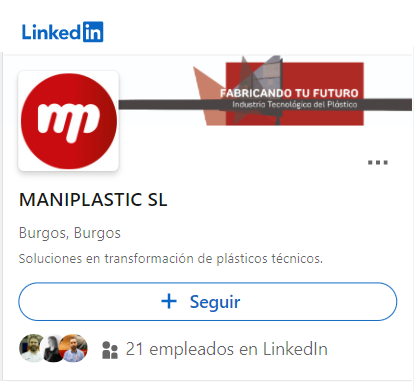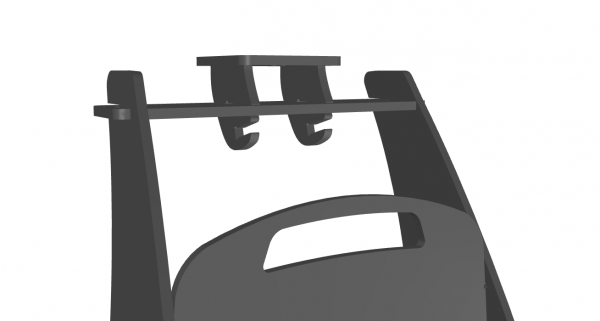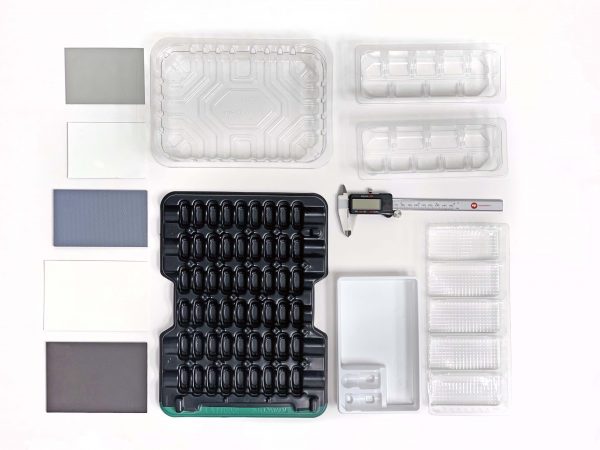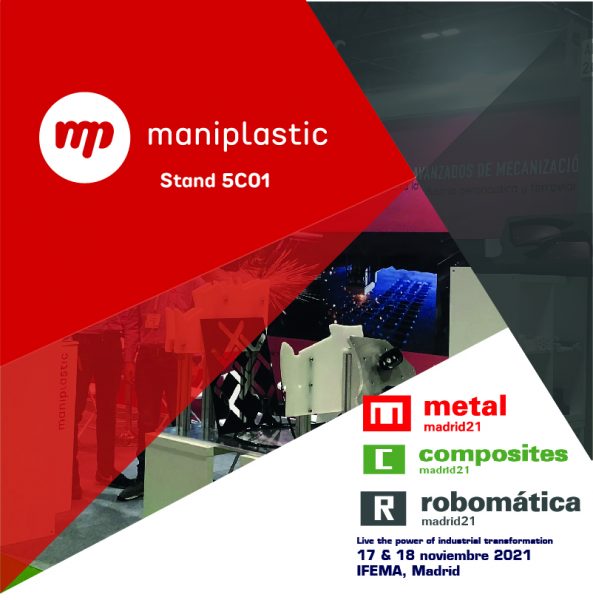In everyday life there are countless objects manufactured by this process.
To begin with, this second transformation process requires plastic material in sheets or coils. The material is softened by exposing it to heat and thanks to a metal matrix it reproduces its shape perfectly.
What you probably don’t know, if you are not in the plastics industry, is that thermoforming is part of our daily lives. If we take a brief look at our daily activities, we will see how we are surrounded by this little-known transformation process.
Some examples we can find
In our home:
- In the bathroom, shower cubicles and shower trays.
- In the kitchen, cutlery organisers and auxiliary trays
- In many cases, it is used to protect household appliances and in blister packs of office material (scissors, glue, rubber, etc.).
When we make the purchase:
- We see the thermoformed trays containing meat, sausages, vegetables, chocolates, biscuits, etc.
- The order of some products on the shelves is due to positioning trays.
- In the butcher’s section, the vacuum packaging machines are fitted with thermoformed protective casings and vacuum hoods.
In the street we can find:
- Signage, such as blind spot mirrors.
- The interior of public services such as buses and ambulances.
They are used in architecture and decoration:
- Ceilings and walls with reliefs.
- Light domes.
Health care
- Hospital bed protections
- Electromedical machine fairings
- Blister packs for medicines (pills, capsules, tablets…)
- Packaging for kits for the pharmaceutical industry.
Industrial logistics:
- The various components within the industry travel on logistic trays for transport, protection and optimal space utilisation. This considerably reduces CO2 emissions





